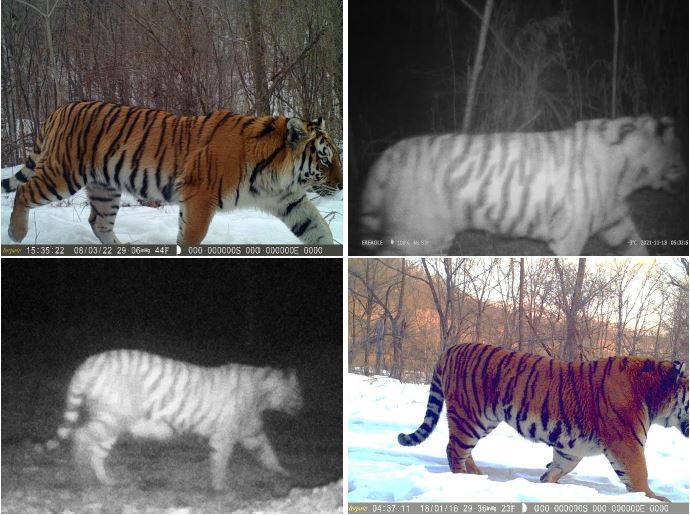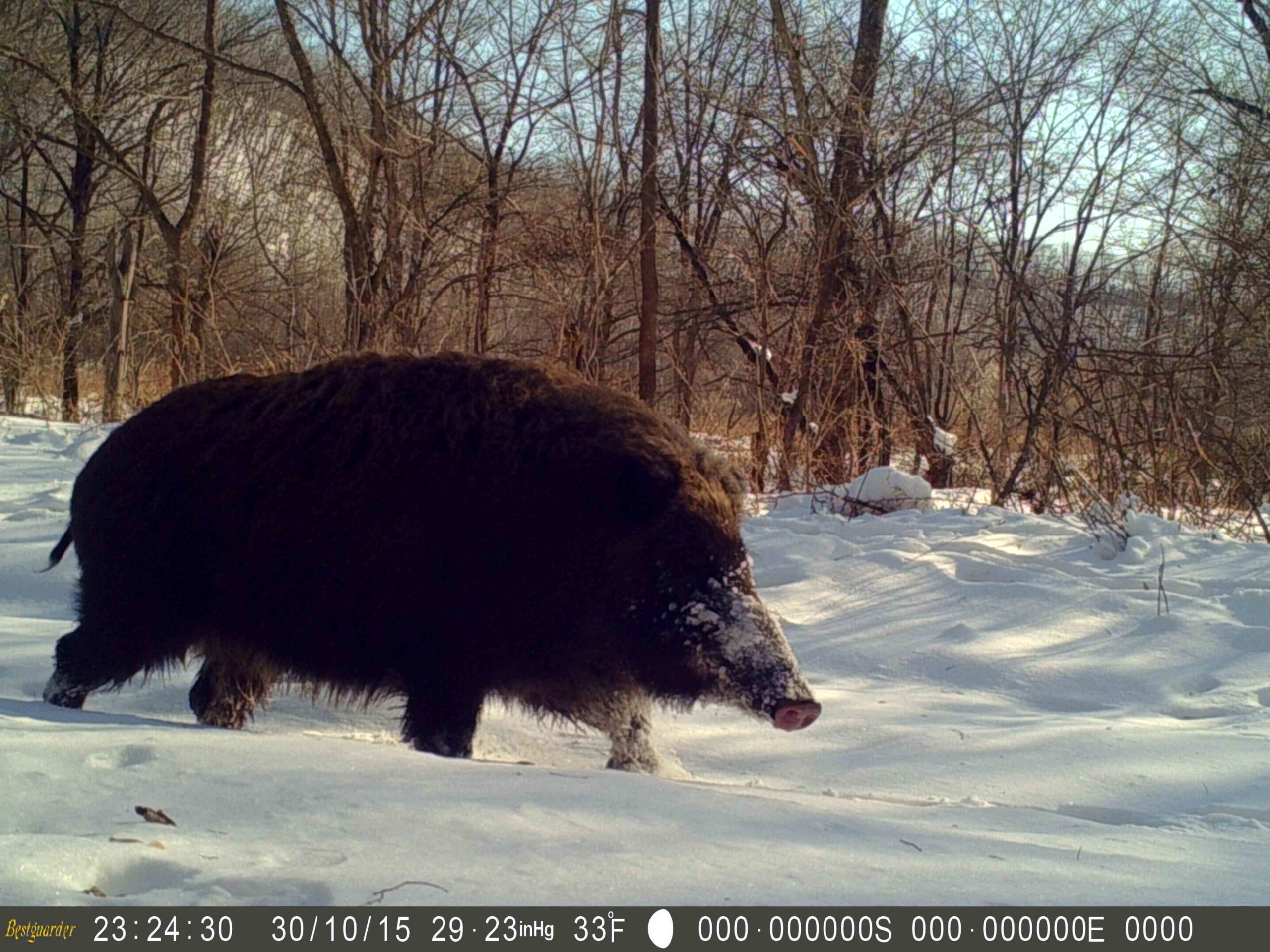The Wildlife Conservation Society (WCS) has been working in Northeast China since 1998 and in the Hunchun Nature Reserve (HNR) since its creation in 2001. The reserve is an important entry point for tigers and leopards moving from Russia into China and in 2016, became part of the new Northeast Tiger Leopard National Park (NTLNP), the largest tiger/leopard reserve in the world.
Since then, our project partners at WCS China have been working collaboratively with the national park staff to better understand the status of tiger and leopard populations within Northeast China as they disperse from habitats within the Russian Far East.
This year WCS China has continued their population monitoring work in the region, working across 30 sites over 270 km2 of Amur tigers and leopard habitat. They have recently conducted camera trap maintenance and collected 13,910 images and videos of activity from November 2021 to June 2022. Keep reading to see what they found.
Amur leopards and tigers
Images of four individual tigers (one male and three females) were identified across 45% of the total sites monitored. All four tigers are known to the researchers and have been photographed before in previous monitoring which suggests site suitability and stability for hosting this majestic species.

The four tigers caught on camera traps
Only one Amur leopard was captured on camera over the 7 months of monitoring. Very little information, beyond the fact they exist, can be determined about this mysterious individual as they only provided a hint of their tail in one camera trap frame. This is not a surprise for a species that is so elusive and solitary that they don’t even have a collective noun. We are hoping in the next monitoring period they will be less camera shy, allowing us to determine their sex and if they are new to this landscape.

Amur leopard tail caught during the monitoring period
Other wildlife
In addition to Amur leopards and tigers, the team at WCS China also recorded other wildlife which accounted for 48% of all camera trap triggers. This included wild boar, roe deer, Asian badger, Manchurian hare, red fox, leopard cat, raccoon dog, yellow-throated marten, Siberian weasel, and Ring-necked Pheasant. This helps us build a picture of the health of the ecosystem and the levels of prey density. The preferred prey for tigers and leopards are ungulates (hooved animals) which made up 82% of all wildlife caught on the cameras, a good sign that they are able to hunt successfully in the region.

Deer

Wild boar
Human activity
The main objective of this monitoring work is not to capture human activity, however, it did account for 52% of all camera trap triggers and domestic livestock made up more than half of human-related activity. Of the humans that were caught as by-catch during this monitoring period, most were engaged in the collection of non-timber forest products.
Human activity in priority areas for wildlife is a significant concern worldwide. Livestock grazing can introduce disease to prey species, an increasing interface between humans and wildlife can often lead to conflict and the collection and removal of forest products can disturb delicate ecosystems. As more Amur leopards and tigers migrate from Russia into Northeast China and begin to reproduce, it is of the greatest importance that they remain protected and can continue to thrive in this landscape dedicated to their survival.




